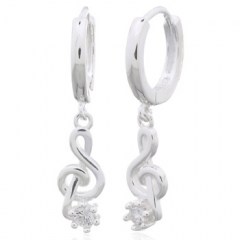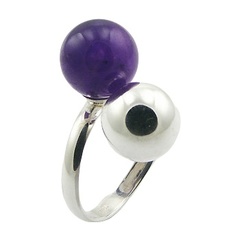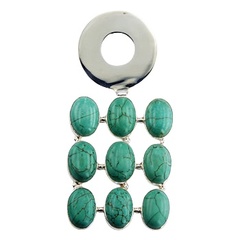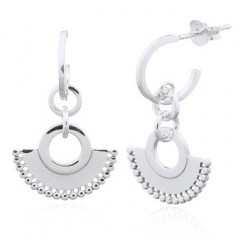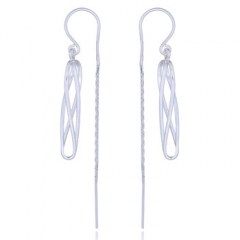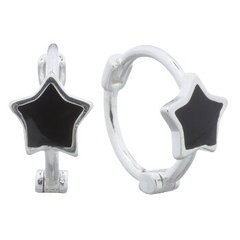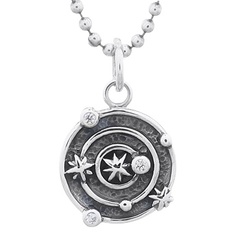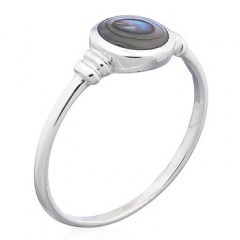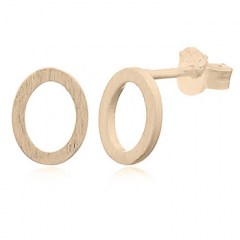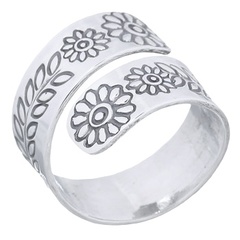Introduction
3D printing has revolutionized various industries, including the world of jewelry design. As technology continues to advance, it allows for more intricate, customizable, and unique designs in the realm of accessories. This article will explore the various aspects of 3D printed jewelry, from its inception to the latest trends, materials, and design possibilities.
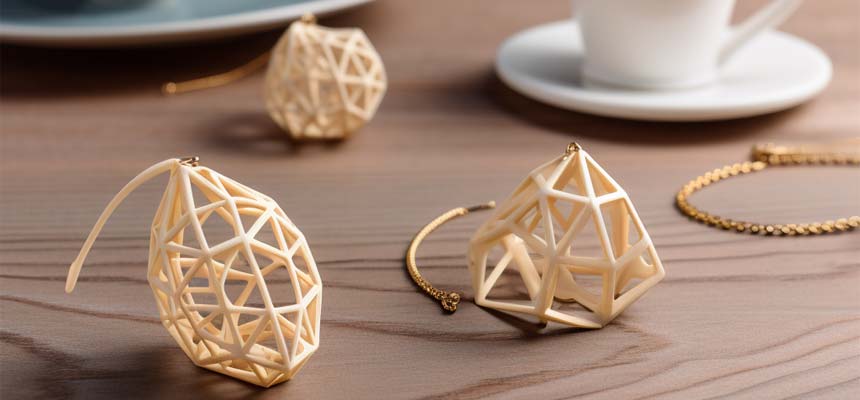
History of 3D Printing in Jewelry
The roots of 3D printing date back to the 1980s when the first 3D printer was invented. However, it took several years for the technology to be adapted for use in the jewelry industry. In the early 2000s, 3D printing began to be utilized for creating wax models for casting jewelry. Since then, the technology has evolved, making it possible to print jewelry directly from metal and other materials.
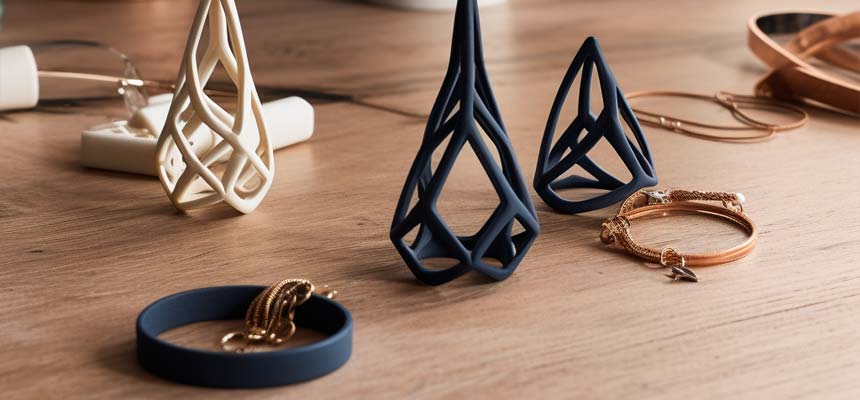
How 3D Printing Jewelry Works
There are several methods for 3D printing jewelry, with the most popular being Selective Laser Melting (SLM) and Direct Metal Laser Sintering (DMLS). Both of these methods involve using a high-powered laser to fuse layers of metal powder into a solid object. The designs are first created using CAD (Computer-Aided Design) software, and then the printer follows the digital blueprint to create the finished piece.
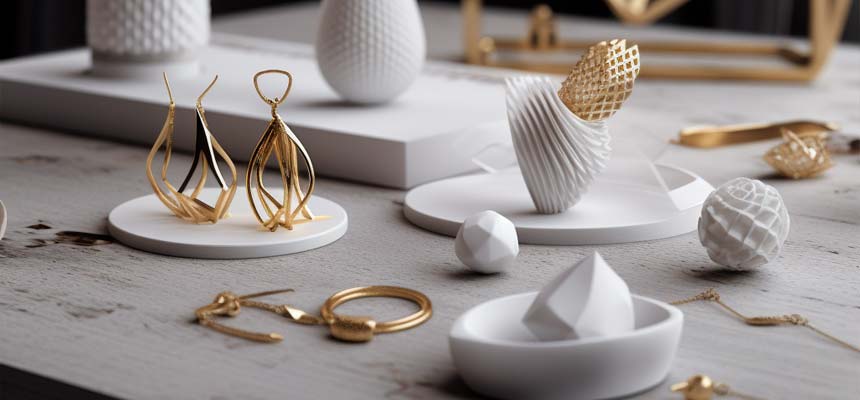
Materials Used in 3D Printed Jewelry
3D printed jewelry can be made from various materials, including:
Metals: Gold, silver, platinum, and other precious metals can be used in 3D printing, providing a luxurious and durable finish for high-end jewelry.
Stainless Steel: A more affordable option for 3D printed jewelry, stainless steel offers durability and strength, making it ideal for bracelets and rings.
Precious Metal Clays: These clays contain metal particles and can be used to create intricate designs. Once printed, the clay is fired, and the metal particles fuse together, resulting in a solid metal piece.
Resins: Resins are ideal for creating intricate and delicate designs. They can be cast in a mold, providing a high level of detail for pieces such as pendants and earrings.
Polymers: Some 3D printed jewelry is made from polymers, which offer a lightweight and affordable option for creating unique and colorful designs.
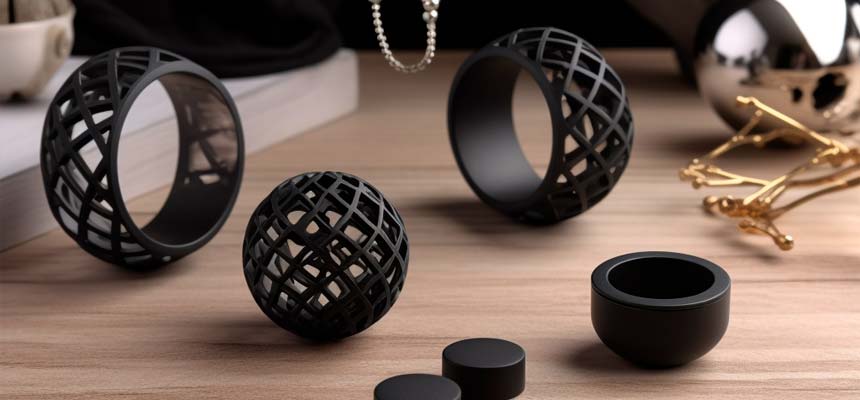
Design Possibilities and Customization
One of the most significant advantages of 3D printed jewelry is the ability to create unique and personalized designs. Customers can work closely with designers to create a one-of-a-kind piece that reflects their individual style and taste.
Furthermore, 3D printing allows for the creation of intricate geometric patterns, impossible to achieve through traditional jewelry making techniques. This has led to the rise of avant-garde and innovative designs, pushing the boundaries of what is possible in the world of accessories.
Sustainability and Ethical Considerations
3D printing can also contribute to a more sustainable and ethical jewelry industry. Traditional mining practices for precious metals and gemstones can have negative environmental and social impacts. By using recycled metals or alternative materials, 3D printed jewelry can reduce the need for new mining operations. Additionally, the technology enables designers to use materials more efficiently, minimizing waste in the production process.
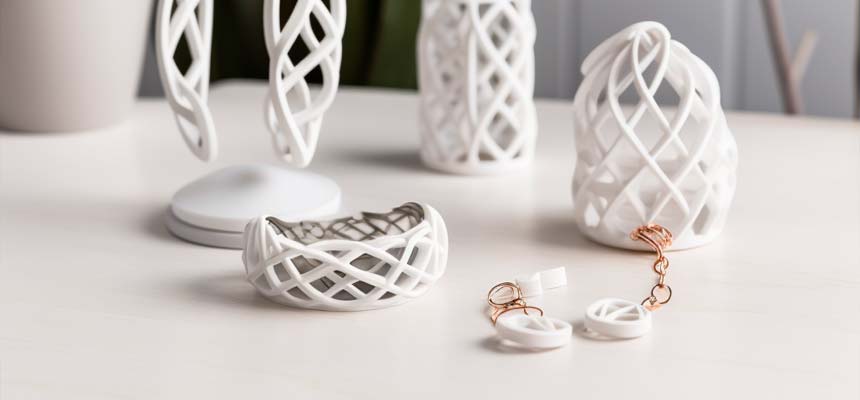
Notable Designers and Brands
Several designers and brands have embraced 3D printing technology to create unique and innovative jewelry. Some examples include:
Nervous System: This design studio creates intricate and organic-looking jewelry inspired by patterns found in nature, using 3D printing to bring their complex designs to life.
Lionel T. Dean: Dean is a British designer who has been at the forefront of 3D printed jewelry, creating pieces that combine traditional craftsmanship with cutting-edge technology.
Maison 203: This Italian brand is known for its bold geometric designs, which are made possible through the use of 3D printing technology.
Jenny Wu: A Los Angeles-based architect and designer, Wu's LACE collection features intricate, architectural designs that showcase the capabilities of 3D printing in jewelry making.
Sarah Angold: With a background in automotive and industrial design, Angold creates statement pieces that explore the relationship between materials, technology, and fashion.
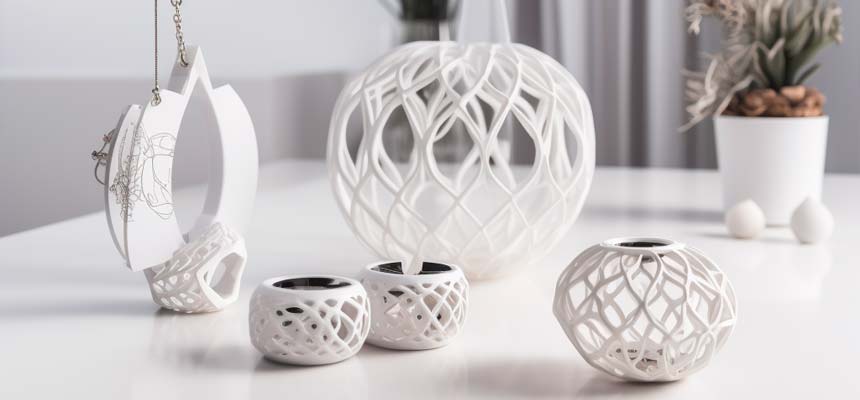
The Future of 3D Printed Jewelry
As 3D printing technology continues to advance, we can expect to see even more exciting developments in the world of jewelry design. Some potential future trends include:
Greater Accessibility: As 3D printers become more affordable, it's likely that more people will have access to this technology, enabling them to create their own custom jewelry pieces at home.
Biodegradable Materials: Researchers are exploring the use of biodegradable materials in 3D printing, which could lead to more environmentally friendly jewelry options in the future.
Smart Jewelry: As wearable technology becomes increasingly popular, we may see the integration of 3D printed jewelry with smart devices, such as fitness trackers or communication devices.
Use of Lab-Grown Gemstones: As concerns about the ethical sourcing of gemstones grow, we may see an increased use of lab-grown gems in 3D printed jewelry, offering a more sustainable alternative to traditional mining practices.
Conclusion
3D printed jewelry is a fascinating and rapidly evolving field that offers endless design possibilities, customization, and the potential for a more sustainable and ethical jewelry industry. As the technology continues to advance and become more accessible, we can expect to see even more innovative and unique creations gracing the world of fashion and accessories.

